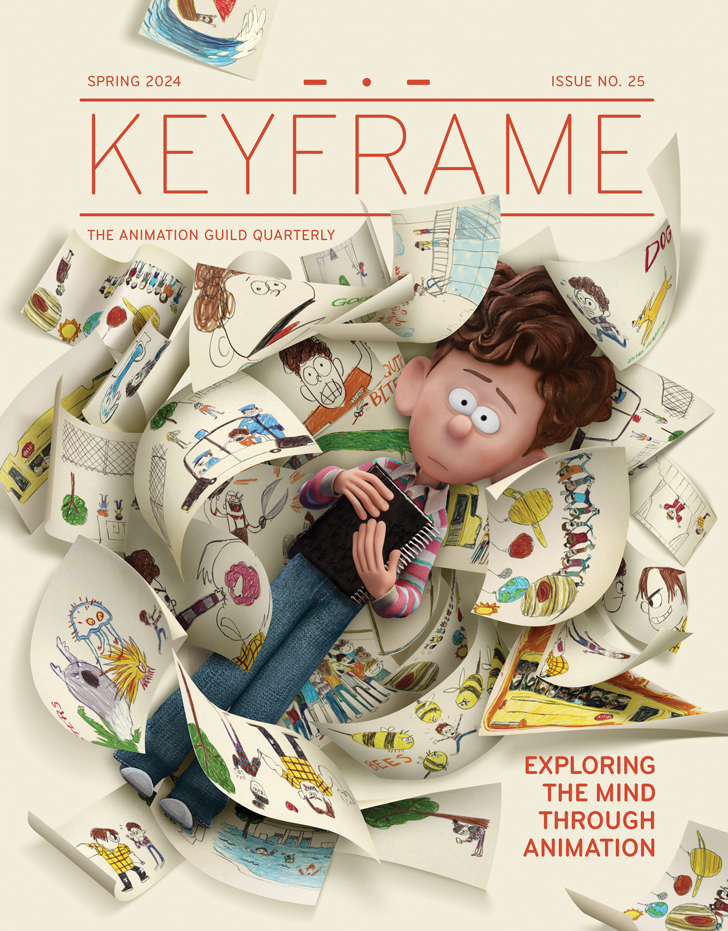
Thirty-one years ago, Walt Disney’s Beauty and the Beast made history. It was the first animated movie nominated for the Academy Award for Best Picture. In the running with heavy hitters like JFK and The Silence of the Lambs, this nomination marked a turning point.
According to Beauty’s screenwriter Linda Woolverton, the entertainment industry realized: “Oh, this isn’t kid stuff. It became the go-to movie to see … It opened up the audience for animation.”
Woolverton came to Beauty from television animation. She had never been on a feature film before, and she worked on it exclusively for four years. “I was really on this big learning curve,” she says, noting what a gift it was being able to work with Executive Producer Howard Ashman, “conjuring up the story together. That absolutely enabled my career.”
Belle is one of the reasons Woolverton feels Beauty was nominated for an Oscar. “She was the kind of Disney heroine that [Howard] and I both wanted to see. Me because I’m a feminist,” she explains. “I really wanted to create a strong, intelligent non-victim.”
The Beast was also a revelation, Woolverton says. “I wrote a lot of emotional stuff for the Beast. [Supervising Animator for Beast] Glen Keane said to me, we really can’t do that much emotion in animation,” she says. “I said, ‘I bet you can,’ and he did.” She notes how the depth, nuance, and multi-dimensional aspects of the characters were unique in the world of animation at that time. She also believes Beauty stands out for its music: “The whole concept of a stage musical being in animation. That was just ground-breaking.”
Woolverton calls all of these elements coming together “a beautiful conflagration.” Not only did it lead to an Oscar nod, she says it also influenced the direction animated heroines would take in the future. “Now all the heroines are strong and spunky,’ she says. “Belle absolutely heralded a different type of woman.”







.png)